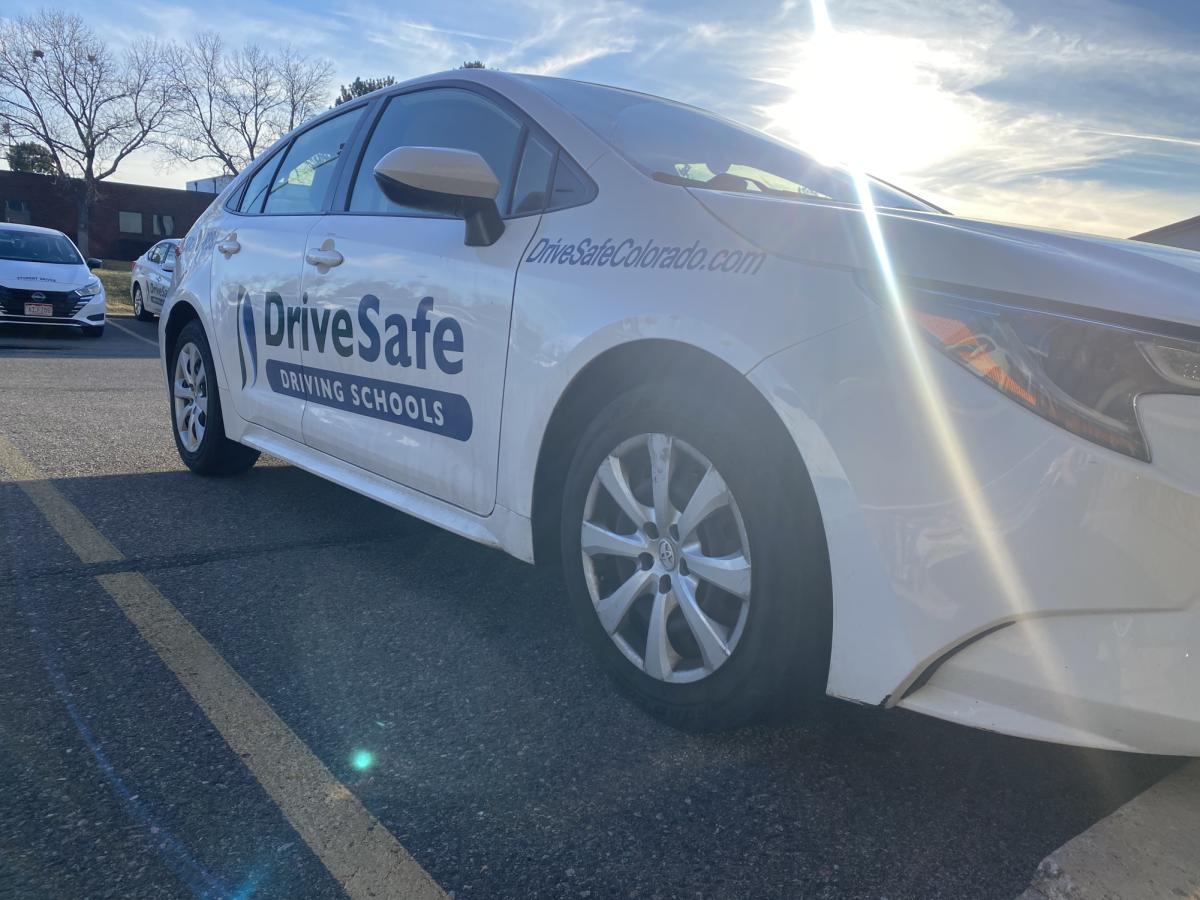While being able to drive is a great experience, sitting in a room and watching lectures and videos for hours isn’t going to help you learn well.
The state mandates that 14 and 15 year olds must go through an extensive 30 hour program to take the permit test.
When I did the course, I walked into a bunch of rows of seats with attachable desks and one big board in the front. All of us were forced to stash our phones in pockets, only having a folder and pencil. Then we sit and watch slides, videos, and listen to lectures, for around three and a half hours. During that time, there is one five minute break and a 25 minute lunch.
Since the courses are so long, kids are unable to do it during the school week, forcing them to go during their free time, which can interfere with their other plans. Students doing the course during the summer can prevent them from being able to do summer jobs and can affect the whole family’s vacation plans.
The program has a review test and assigns homework for students to do. And during the day, students are forced to sit in the room and just stare at the board. With there being few times that students are able to interact while learning, the majority of the class is a lecture or video.
With studies about the benefits of each type of teaching, students that participated in the study reported that they felt the teacher’s impact more with the active learning as opposed to the lecture style class. “Overall, active learning resulted in the highest mean scores for teaching, social, and cognitive presence,” a study by Springer Nature concluded.
The main drawback of having such a long class of just listening to a speaker is that teens get distracted or bored and don’t retain as much information. A condensed course may not be as detailed, however, the shorter period of time for students to focus could improve how much they remember.
Drivers ed has an alternative online course which follows similar hours. On the other hand, because it is online, kids are unmonitored, letting them do other things during class instead of paying attention to the lecture. This means that the kids doing the online version aren’t absorbing any information and wasting their time.
With a condensed course, students would be able to get driving experience sooner and would be forced to be very focused for a short period of time instead of being zoned out for hours.
A condensed course would mean that kids would go in for only 3 hours a day for 5 days with a lunch break splitting the day in half. During each hour and a half period, kids taking the course would have to move faster. However, they would receive papers to help them with notes to remember what they learn. The test itself would have more detailed questions, while also requiring a higher score than the original test in order to pass.
Learning to drive will never fully be complete without the experience of actually driving. But instead, teens are forced to sit in a room and read about signs and signals that may have been taught to them when they were young. While this information is important, students aren’t absorbing it because they are so bored from sitting still for so long.
The alternative course allows people to choose how they want to use their effort whether they use lots of effort over a shorter period of time or use less over a longer period of time. The current drivers ed course is excessive, and should be updated to better help students absorb the information.








